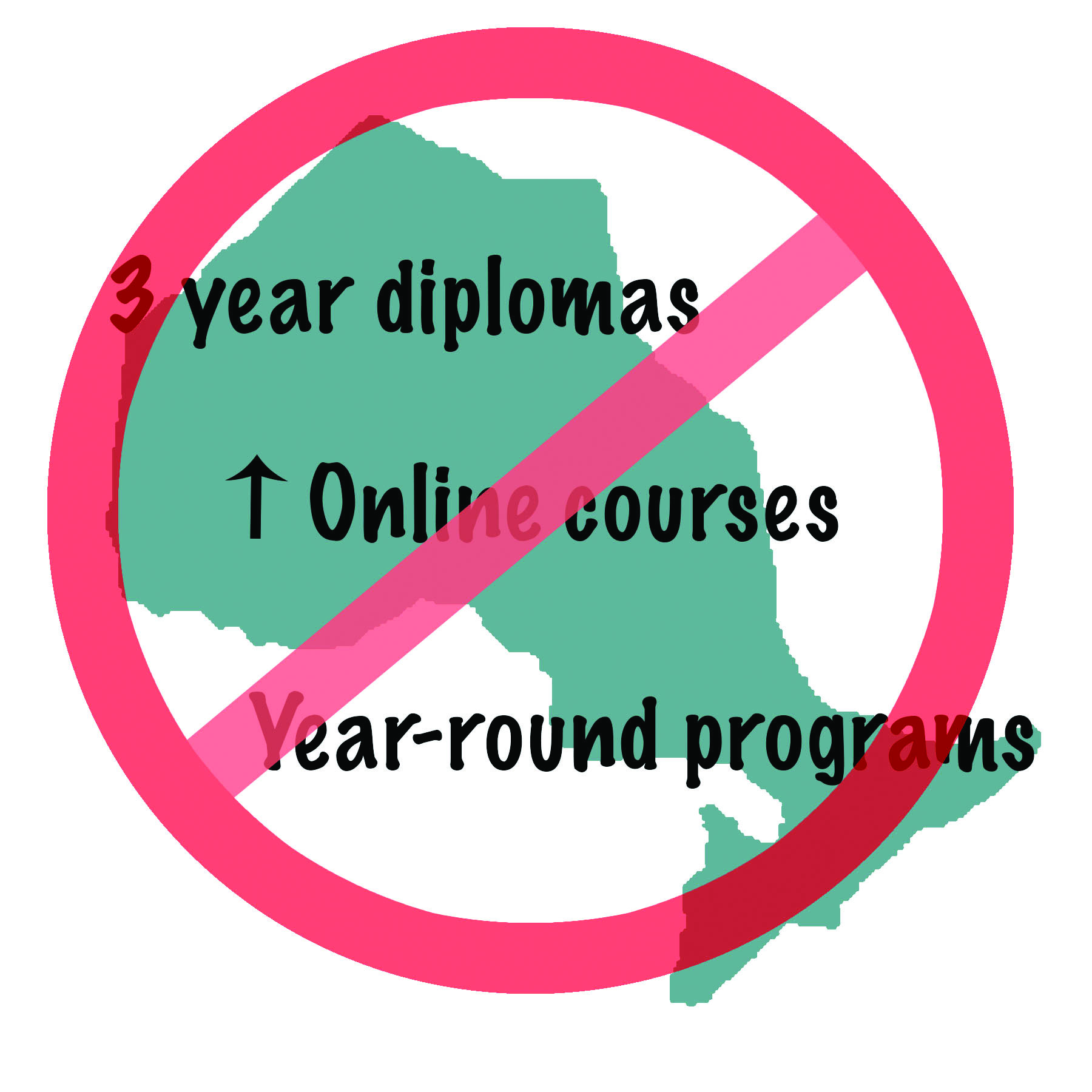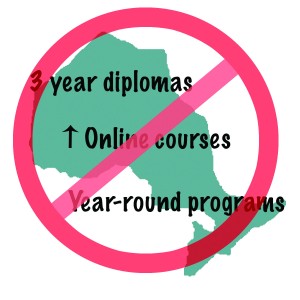Ontario education reforms under debate


The annual World University Rankings released by Times Higher Education (THE) showed a disappointing Canadian standing, with Canada’s top three institutions, led by the University of Toronto, all falling in the ranks compared to their respective previous positions.
This ranking is released at a time when there is much discussion in Ontario about the government’s proposal to overhaul post-secondary education in the province.
Gyula Kovacs, senior media relations coordinator with the Ministry of Training, Colleges, and Universities, elaborated on the proposed post-secondary changes.
“The goal is for students to participate in lifelong learning through seamless mobility between multiple institutions and regions during their education and for the higher education sector to have greater fluidity between learning, training and the workforce,” Kovacs said.
While the changes could impact the student experience and the way universities will need to operate, Kovacs makes it clear that three-year degrees are not replacing four-year degrees. In 2003, when the Ontario Government removed OAC, shortening high school to four years, many students were left struggling with the transition out of high school.
Similar concerns are being voiced about the decision to potentially shorten university degrees and offer more online courses. The argument is being made that this could leave Ontario graduates increasingly unprepared for the workforce.
“There is a growing body of evidence that corroborates the success of online and other forms of distance education as being of equal quality to more traditional education styles,” said Kovacs, countering the skepticism. “As more institutions explore these areas … the quality of online learning will only improve.”
Zach Dayler, the national director at the Canadian Alliance of Student Associations (CASA), explained that people in more remote geographical regions do particularly stand to benefit from the proposed changes to increase accessibility to students.
“Getting online learning out there is important, I think, in terms of expanding access to education in probably, what could be an affordable way,” he reflected. “That being said, you’re never going to replace being in the classroom.”
Dayler went on to caution that online learning is a new means of education, and that it will take time for it to get developed extensively.
It is something he feels the government should be investing in though, and it is an area of post-secondary education that Canada could become a leader in one day.
“It’s always tough to look at university and college rankings, because there’s so many things that go into it,” explained Dayler, regarding the Times’ rankings, “I think the first point for looking at the rankings is that there are 400 universities on there. In the context of things, even being within the top 50 there is a positive sign.”
“The idea that you grow your country by investing in education is the issue that I think some countries are taking more seriously than others,” he said.
Despite a lot of the criticisms, other reviews of Canada’s global position in terms of education help shed positive light on the country as a whole.
An international review conducted by 24/7 Wall St. released late last month placed Canada at the number one spot on the list of the world’s most educated nations.
The review cited the fact that 51 per cent of the Canadian population had some sort of tertiary education.
This is a significant achievement for the country as a whole since the figure is up from just 40 per cent in the year 2000. Universitas 21 also ranked Canada third in the world, in their ranking of countries on the basis of their universities.
“I think for us as a country, Canada’s definitely getting to the point where we’re seeing innovation and research as an important piece to invest in,” concluded Dayler.
By Ravi Balakrishnan


